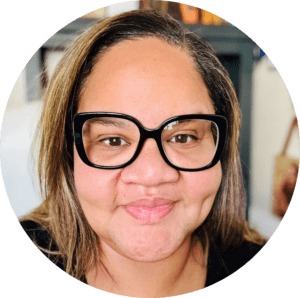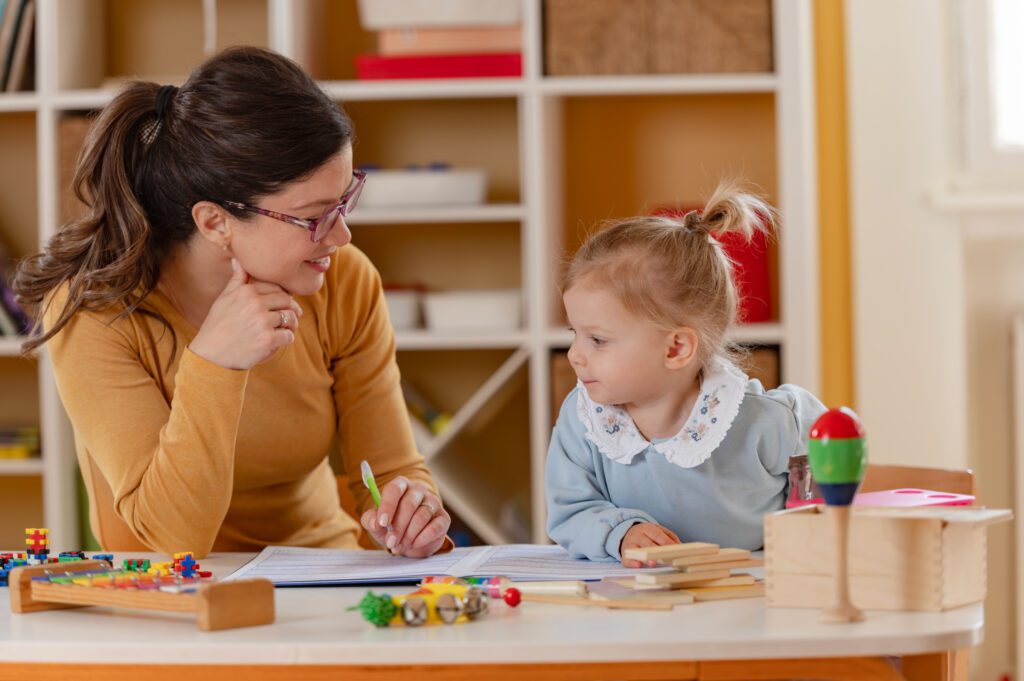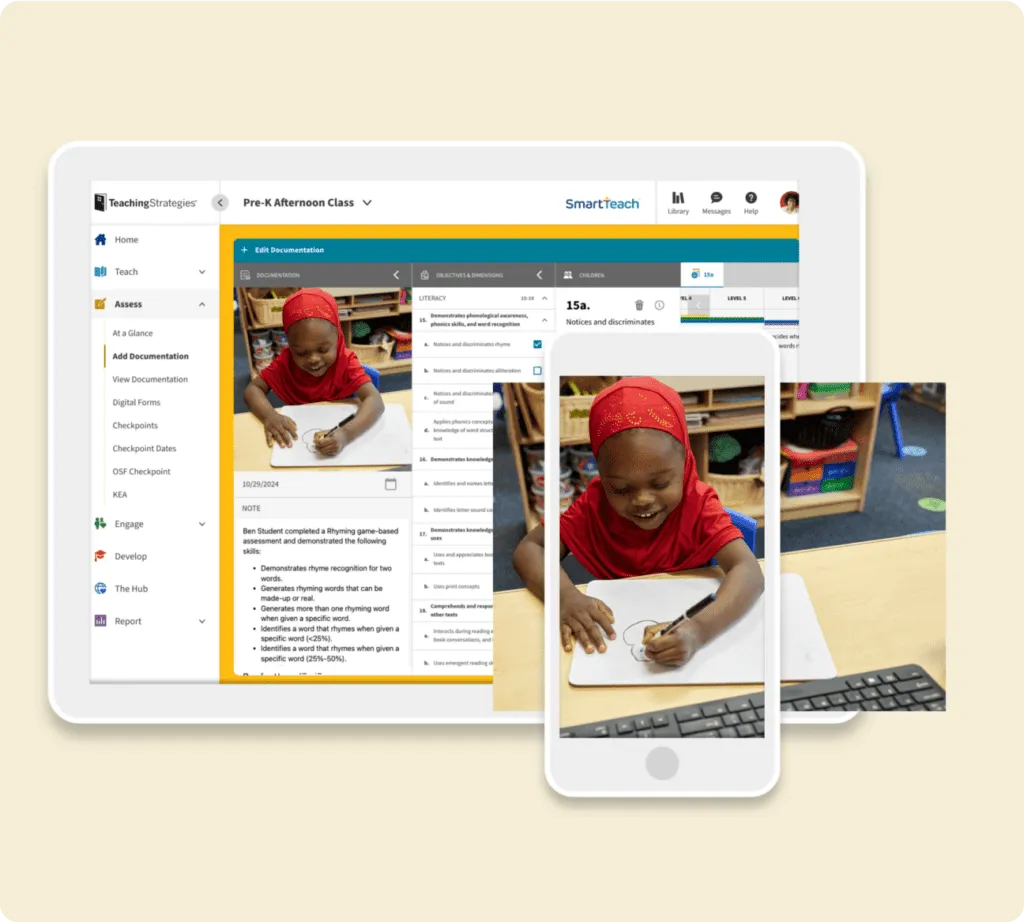Rethinking Assessment: Building a System That Supports Every Child


When people hear the word assessment, they sometimes think about tests, scores, or reports filed away. But in early childhood education, assessment should mean something very different. It’s not about labeling children or putting them into categories. It’s about understanding them. It’s about seeing who they are, where they are in their development, and what kinds of experiences will help them grow.
Building a comprehensive assessment system means taking a wide, thoughtful view of what it looks like to support children well. It’s not about using a single tool or collecting data once a year. It’s about weaving assessment into the everyday life of the classroom in a way that feels natural, purposeful, and connected to real learning.
A strong system rests on three big ideas: purpose, process, and practice.
First, we must be clear about the purpose of assessment. Why are we gathering information? Is it to adjust instruction? To catch developmental concerns early? To partner more closely with families? When we know the purpose, we can make sure the assessments we choose—and how we use them—actually serve children and the adults who care for them.
Second, we must design a process that makes sense for young learners. That means combining structured tools, like developmental screeners or early literacy measures, with the informal observations and notes teachers gather every day. It means making sure assessments respect children’s cultures, languages, and unique ways of learning. And it means making the process manageable for teachers—something that fits into the flow of teaching, not something that pulls them away from it.
Finally, practice is where it all comes together. Assessment data is only valuable if it’s used well. The real magic happens when teachers use what they learn to make small changes, to scaffold learning, and to celebrate growth. It’s also where families come in—as partners who bring insights about their children’s experiences outside the classroom.
As you reflect on your current assessment practices, consider the following questions.
- Are you clear about the purpose behind each assessment you use?
- Does your process honor the developmental stages, languages, and cultures of the children you serve?
- Are you using the information you gather to make meaningful changes in your daily practice?
If you see opportunities for growth, here are a few simple ways to start.
- Review your current assessments and align them more closely with your goals.
- Use both formative and summative tools to build a fuller picture of learning. Formative assessments gather real-time information during instruction to guide next steps, while summative assessments measure what children have learned after instruction is complete.
- Collaborate with families and colleagues to build a more complete picture of each child.
Every small step matters. When we approach assessment with intentionality, curiosity, and care, we build a system that truly supports every child’s learning journey—and strengthens our practice as educators, too.
The truth is, building a comprehensive assessment system isn’t a checklist you can complete and set aside. It’s a living, breathing part of a high-quality early childhood program. It evolves as our understanding deepens, as the children grow, and as our communities change.
When assessment is done right, it’s powerful. It helps educators be more responsive. It helps children feel seen and valued. It helps families stay connected. And, most importantly, it helps us create learning environments where every child has the opportunity to thrive—not just academically, but socially, emotionally, and developmentally.
At its best, assessment isn’t a task. It’s a promise to really see the children in front of us and to meet them with the care, curiosity, and commitment they deserve.

Comprehensive Assessment Made Easier With GOLDFinch
Observational assessment meets game-based assessment in our new assessment solution that helps teachers effortlessly individualize learning.